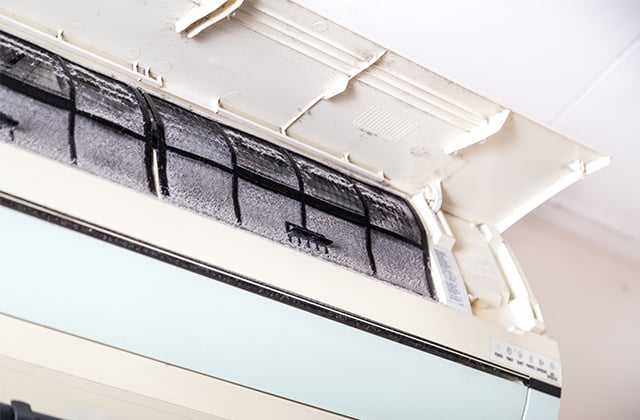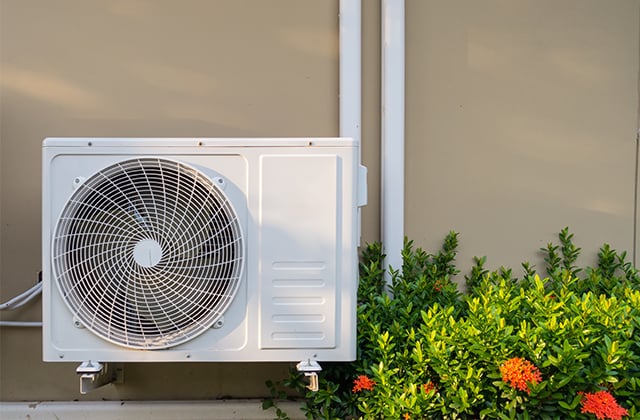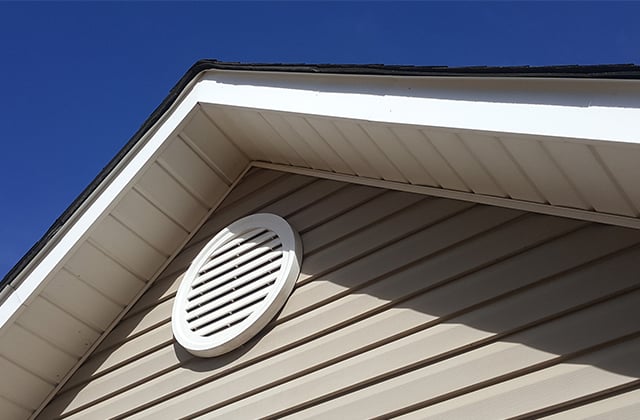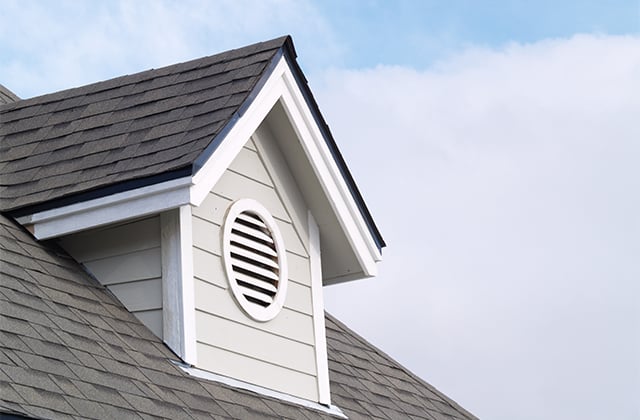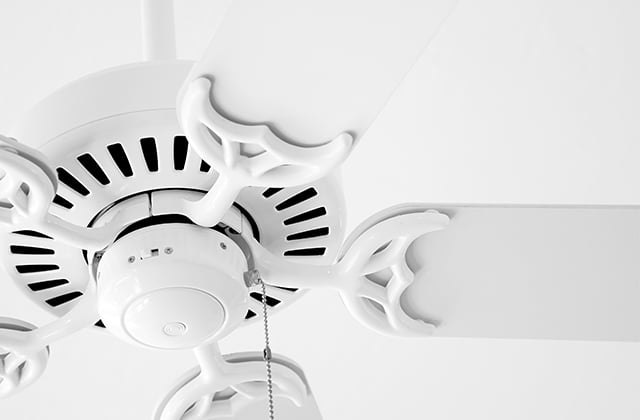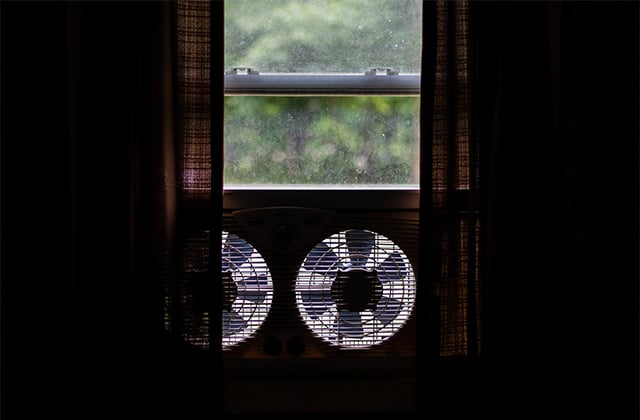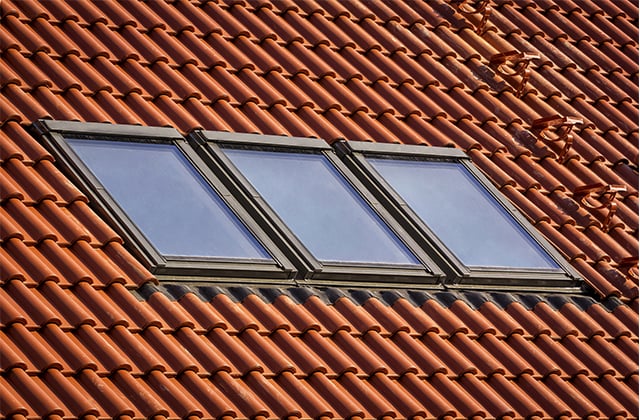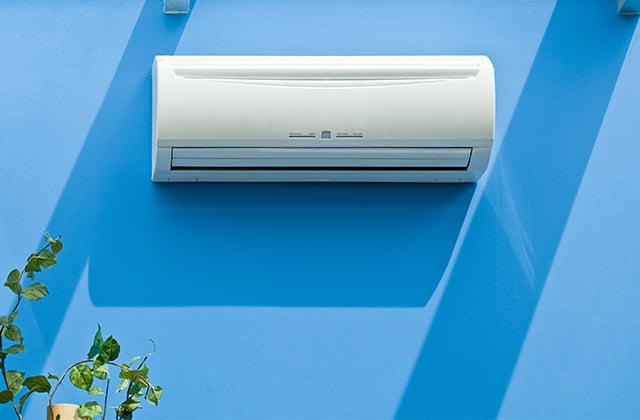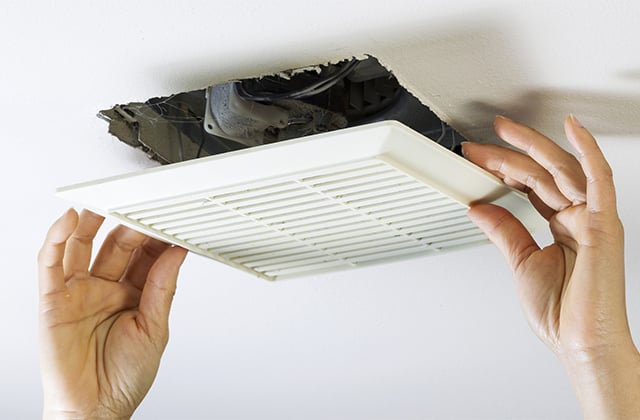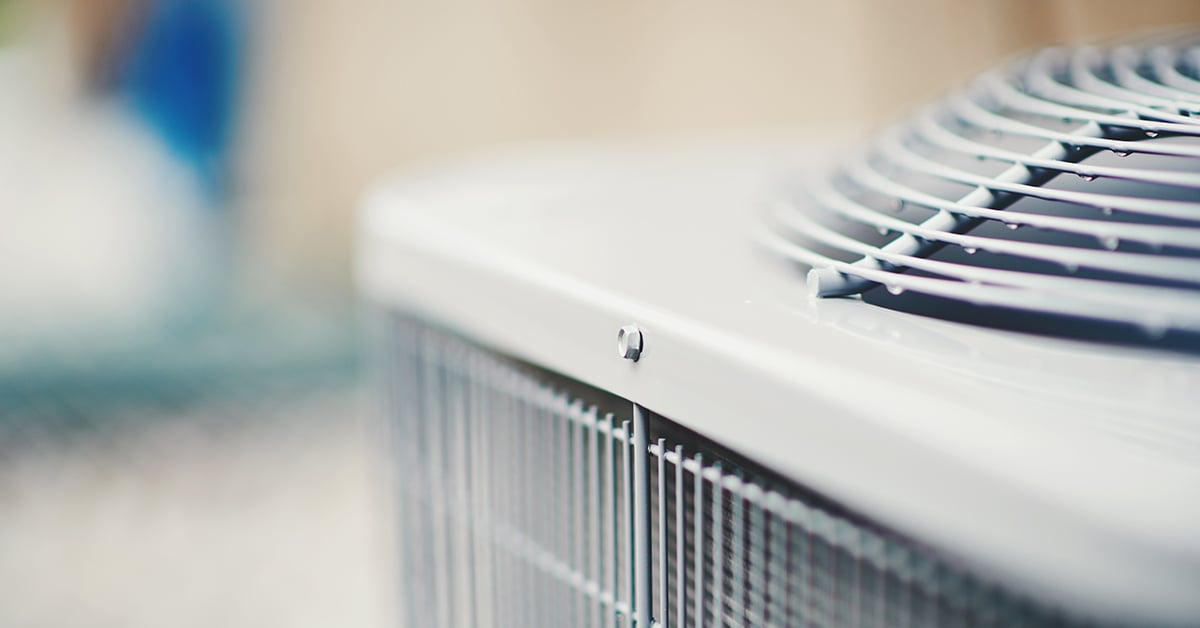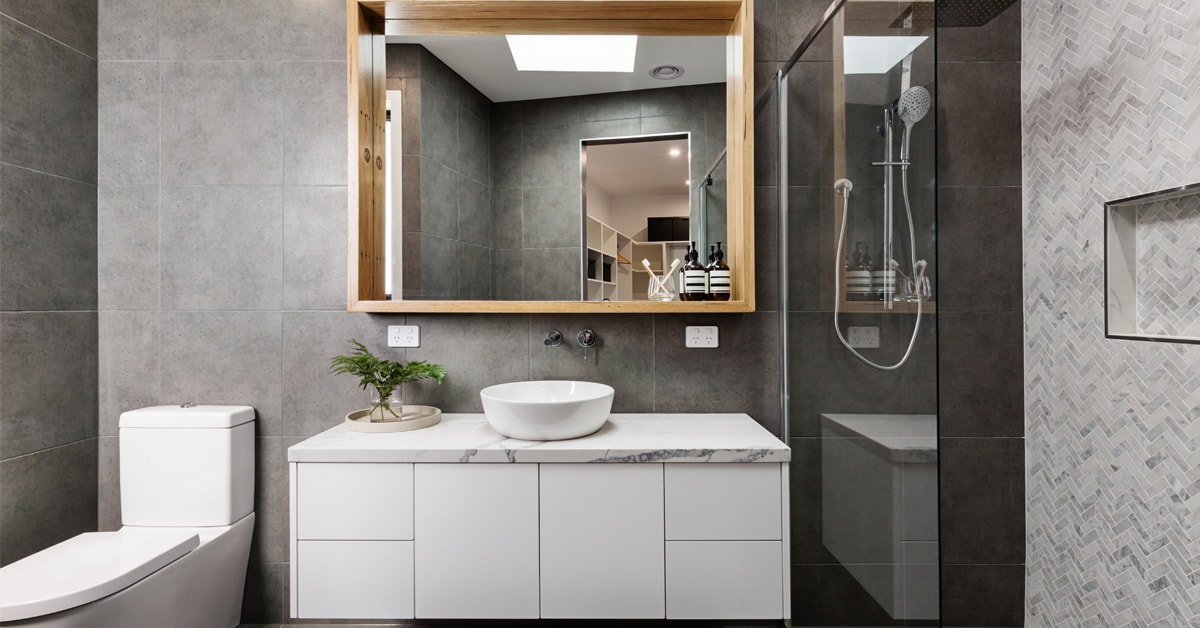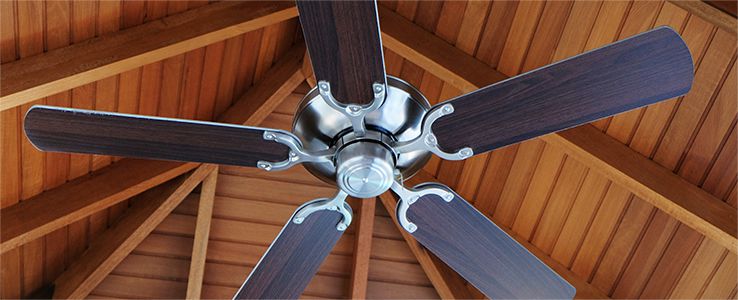Regularly Cleaning Filters to Improve Air Quality
When air passes through a home, it collects dust, impurities, and pet dander.
It's very important to:
- Replace your ventilation system’s disposable filters at the end of their service life.
- Regularly clean permanent filters.
This allows them to run at their maximum capacity and improve the ambient air quality. And, good news, you’ll also spend less time dusting!









